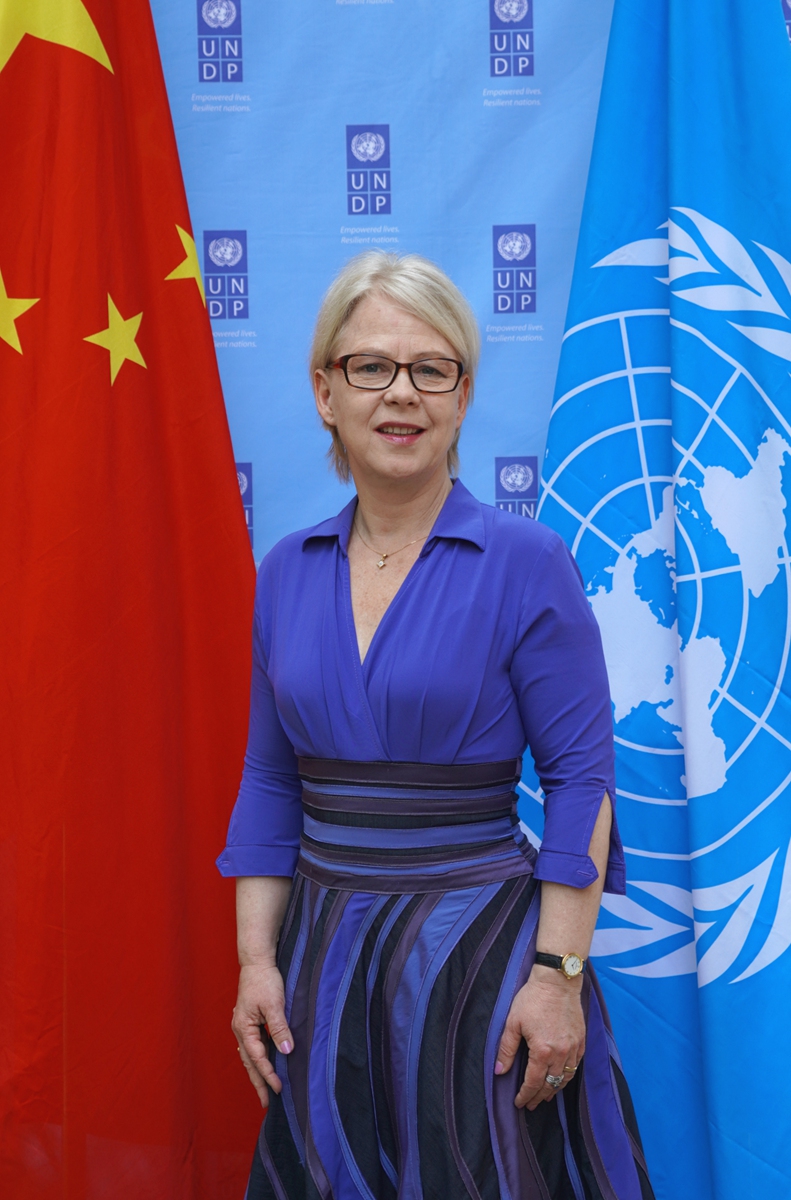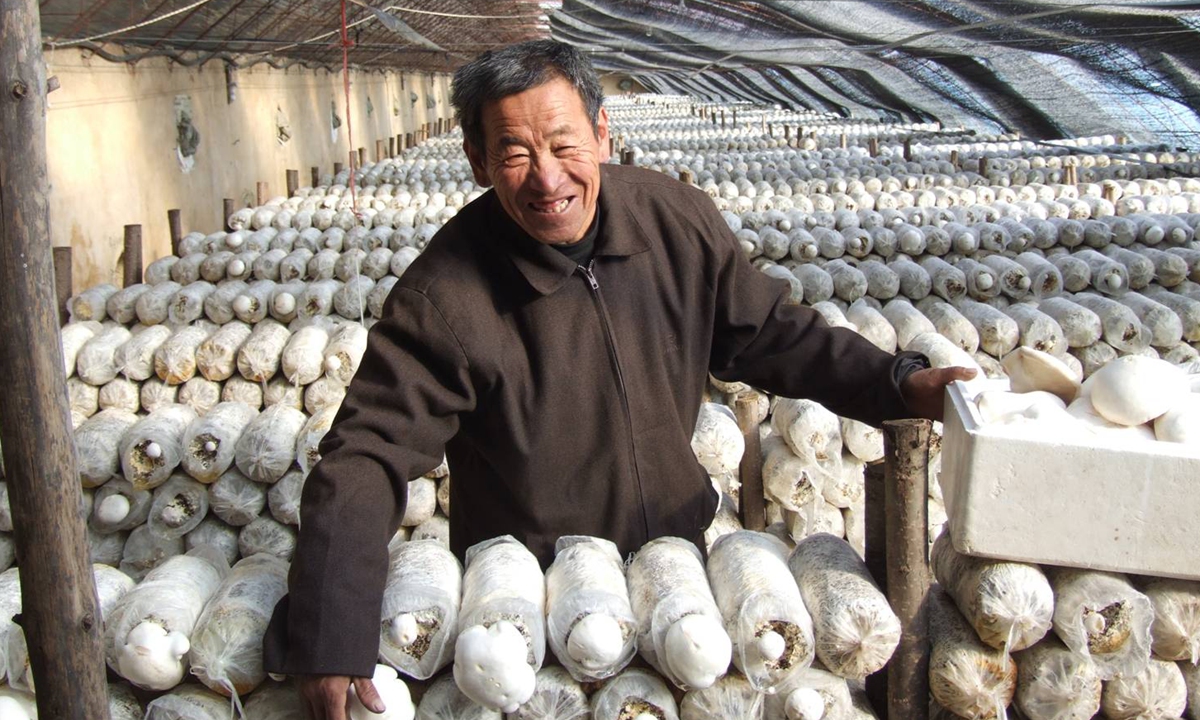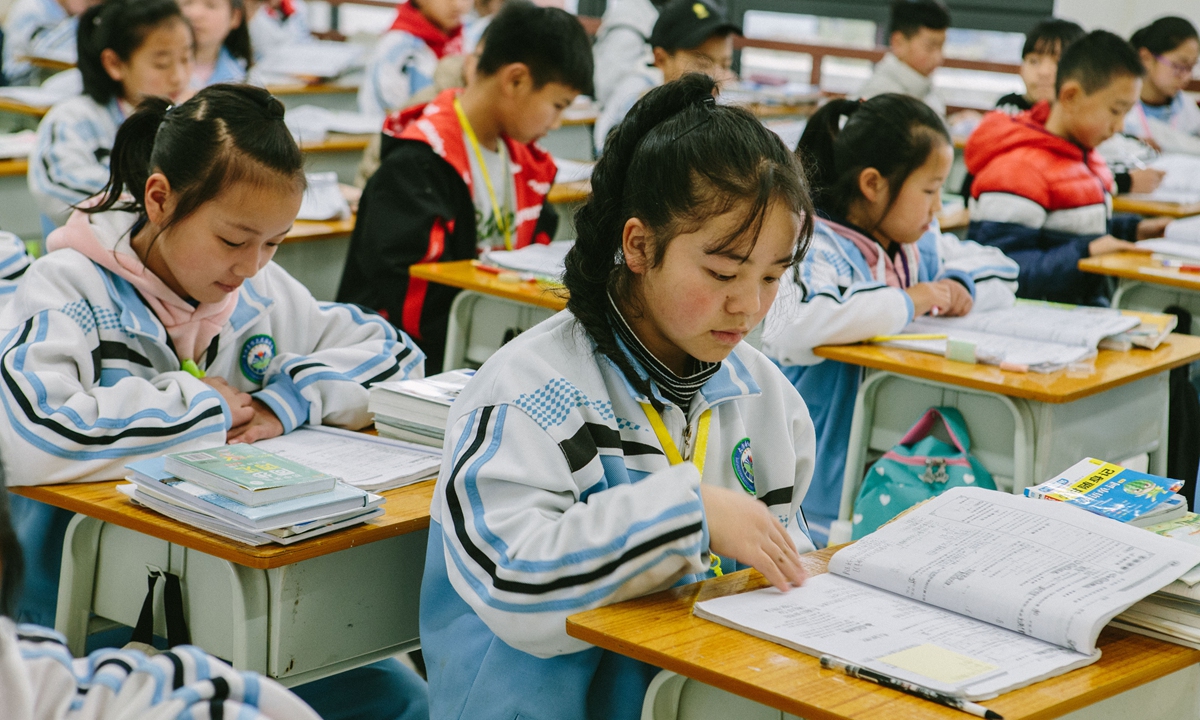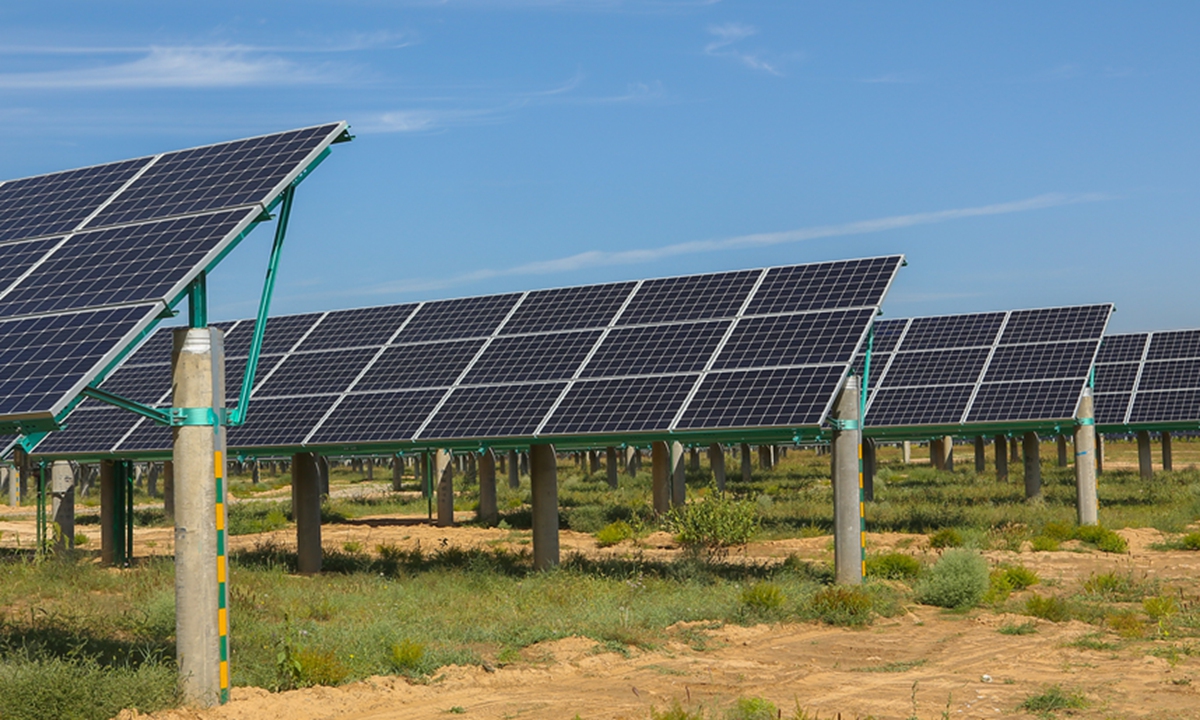China can teach 'substantive lessons' for developing countries escaping poverty: UN representative
By Cao Siqi Source: Global Times Published: 2020/9/21 17:58:40
China can teach ‘substantive lessons’ for developing countries escaping poverty: UN representative

Beate Trankmann, UNDP Resident Representative in China Photo: Courtesy of UNDP China
Editor's Note:It has been 75 years since the founding of the United Nations (UN) in San Francisco, the United States. In an interview with the Global Times reporter Cao Siqi (GT), Beate Trankmann (Trankmann), UNDP Resident Representative in China, acknowledged China's poverty alleviation efforts amid the COVID-19 pandemic. The representative pointed out China's vulnerable groups will need special attention because most current measures are mainly aimed at industries and employers. She also said China's development experience has provided substantial reference for other developing countries. The representative also touched on the UN's role in helping China shake off poverty, ways China and the UN can jointly deal with climate challenges, and how China and the UN can cooperate in minimizing the impact of COVID-19.
GT: How does the UN view China's target of eradicating poverty by 2020?
Trankmann: China's target to eradicate rural extreme poverty by 2020 is an ambitious and unprecedented poverty alleviation goal. To date, roughly 750 million Chinese people have been lifted out of poverty - this accounted for about four-fifths of the number of people lifted from extreme poverty globally in the past four decades. Based on the current national poverty line, China is on pace to eradicate rural extreme poverty by 2020.
Yet we cannot overlook the effects of COVID-19 on this progress. While China is gradually recovering from the pandemic, this crisis has indeed transcended health, and affected the vulnerable and disadvantaged the most. [There are] 5.5 million people still below the poverty line of 2,800 yuan in China. Most of these are in vulnerable groups: 40 percent have illness, 15 percent are with disabilities, and 16 percent are among the aging population.
Many who are not below the poverty line are also vulnerable. Nearly 2 million people who have been lifted out of poverty still face the risk of sliding back, and 3 million above the poverty line are still considered vulnerable.
If China is to achieve its 2020 target, which it can, vulnerable segments of the population will require special attention, as most of the current measures target industries and employers. Expanding the reach of existing social protection systems can assist people working in the informal sector who are disproportionally vulnerable; many of them rely on low- and uncertain-income streams and may not be included in existing schemes. Targeted assistance, such as providing concessional loans to poor households with small family businesses or extending unemployment benefits to informal workers, could provide a much-needed buffer to ensure their livelihoods.

Liu Zehua displays the increased output from his mushroom field in Ji County, Tianjin. Through the UNDP-supported Technical Taskforce initiative, his income has increased as he has learnt how to improve his cultivation techniques and expand his markets. Photo: Courtesy of UNDP China
GT: What lessons can China provide the world in abolishing poverty?
Trankmann: China's development experiences provide substantive lessons to other developing countries, and although they all have different national contexts. China's experiences can be effectively adapted to address local challenges through the South-South Cooperation platform. This can provide countries with the opportunity to accelerate growth, while also being conscious of environmental health.
The Belt and Road Initiative has become an important driver of connectivity-related investments and lending. It is critical that it moves in a way that safeguards global public goods, is well aligned with the SDGs and context fit for the needs of developing countries.

Students read books in class at a school in Guizhou Province. Photo: Li Hao/GT
GT: What has the UN done to help China alleviate poverty?
Trankmann: Since 1979, UNDP has been a partner in China's development; poverty alleviation has been central to UNDP's cooperation with China. UNDP contributes ideas, innovation, advocacy, and international experience.
As an example of integrated poverty alleviation that is sustainable and inclusive: In 2006, a UNDP program was established to bring farmers into the 21st century by linking them with environmentally friendly and locally relevant technologies, not only increasing their income, but also connecting them to markets thus enhancing sustainable development.
Since 2008, 1 million farmers have benefited from the program each year, with an average annual income rise of 10 percent. From 2012 through 2014, the program was scaled up to cover 31 provinces and 75,000 personnel were dispatched to implement it.
Another example is of a project for apple farmers who lost access to markets for their crops because of their use of DDT pesticides. Through three demonstration projects and training centers in Shaanxi, Hubei and Shandong provinces, 100,000 farmers are being trained each year to adapt their farming techniques to replace DDT and adhere to international trading standards. Annual incomes have increased by as much as 12 percent and apple production has reached 700,000 tonnes; the price increased from 2 yuan to 6 yuan per kilo.
GT: How have China and the UN cooperated in tackling climate change and what are the measures China is expected to take in future?
Trankmann: UNDP has been involved in climate change related projects since the early 1980s and during the last 10 years we have implemented 15 projects in China. The Climate Change portfolio is mainly funded via the Global Environment Facility (GEF), an international partnership of 183 countries, international institutions, and civil society organizations that addresse global environmental issues.
A prime example of UNDP and China working together to tackle climate change is the provincial climate change program (2010-14), which assisted in the establishment of climate change divisions within the Provincial Development and Reform Commissions in all 31 provinces and municipality cities across China.
Other projects that have been contributing to fighting climate change seek to transform industries and sectors, such as our project on phasing out energy-inefficient incandescent lamps.
The project introduced energy saving lamps and helped transform local lighting manufacturing, a process which reduced carbon dioxide (CO2) emissions by 4.4 million tons. Another project transformed the brick sector for building rural housing, introducing energy efficient bricks and production technology to rural brickmaking plants. The project resulted in cumulative CO2 emission reduction of 1.6 million tons.
For almost two decades, UNDP has also promoted hydrogen-based clean energy solutions in China. Together with the Ministry of Science and Technology, UNDP is currently supporting the development and commercialization of hydrogen fuel cell vehicles with the support of the GEF.
Despite all this progress, there is still more that can be done and UNDP stands ready to continue providing support. Indeed, it is encouraging to note that China's 14th Five Year Plan (2021-25), is expected to put increased emphasis on clean energy and greater carbon emissions reduction. China's efforts to address climate change will have a profound effect on the future of the planet and global sustainability.

Solar panels at the solar power station of Panda Green Energy, in Datong, Shanxi Province. Photo: Courtesy of UNDP China
GT: How will the UN and China work together to minimize COVID-19's negative impact?
Trankmann: The crisis is having social, economic and environmental consequences that will extend well after lockdowns are lifted, businesses reopen, and the final patient is treated. To build broad and robust resiliency that buffers against such crises, we must focus on ideas, solutions and models that are both sustainable and comprehensive.
One such concept is the transition to a green economy. Transforming energy systems could boost global GDP by $98 trillion by 2050, delivering 2.4 percent more GDP growth than current plans. Boosting investments in renewable energy alone would add 42 million jobs globally, create health care savings eight times the cost of the investment, and prevent a future crisis. Six million jobs can be created by embracing the circular economy; 1.2 billion jobs depend on a healthy and stable environment.
In the push to adopt green pathways, we must also remember to leave no one behind and support the most vulnerable. For example, while the development of digital infrastructure and online services shows great potential for lowering emissions without sacrificing economic growth, not everyone has equal access to technology nor are they equally capable of utilizing it.
We now have an invaluable opportunity to push for a green economy - one that has the potential to improve resiliency against future shocks and crises. Indeed, the global response to COVID-19 has already proven that it is possible. The habits that quickly developed during the pandemic such as working from home, contact-free services and reduced travel, demonstrate that we can operate under a low-carbon, green model. By also emphasizing the social and economic benefits of low-carbon transformation, UNDP has a chance to accelerate its work with countries to carry forward some of the actions adopted during this period beyond the pandemic.
Newspaper headline: Positive impact
RELATED ARTICLES:
Posted in: IN-DEPTH